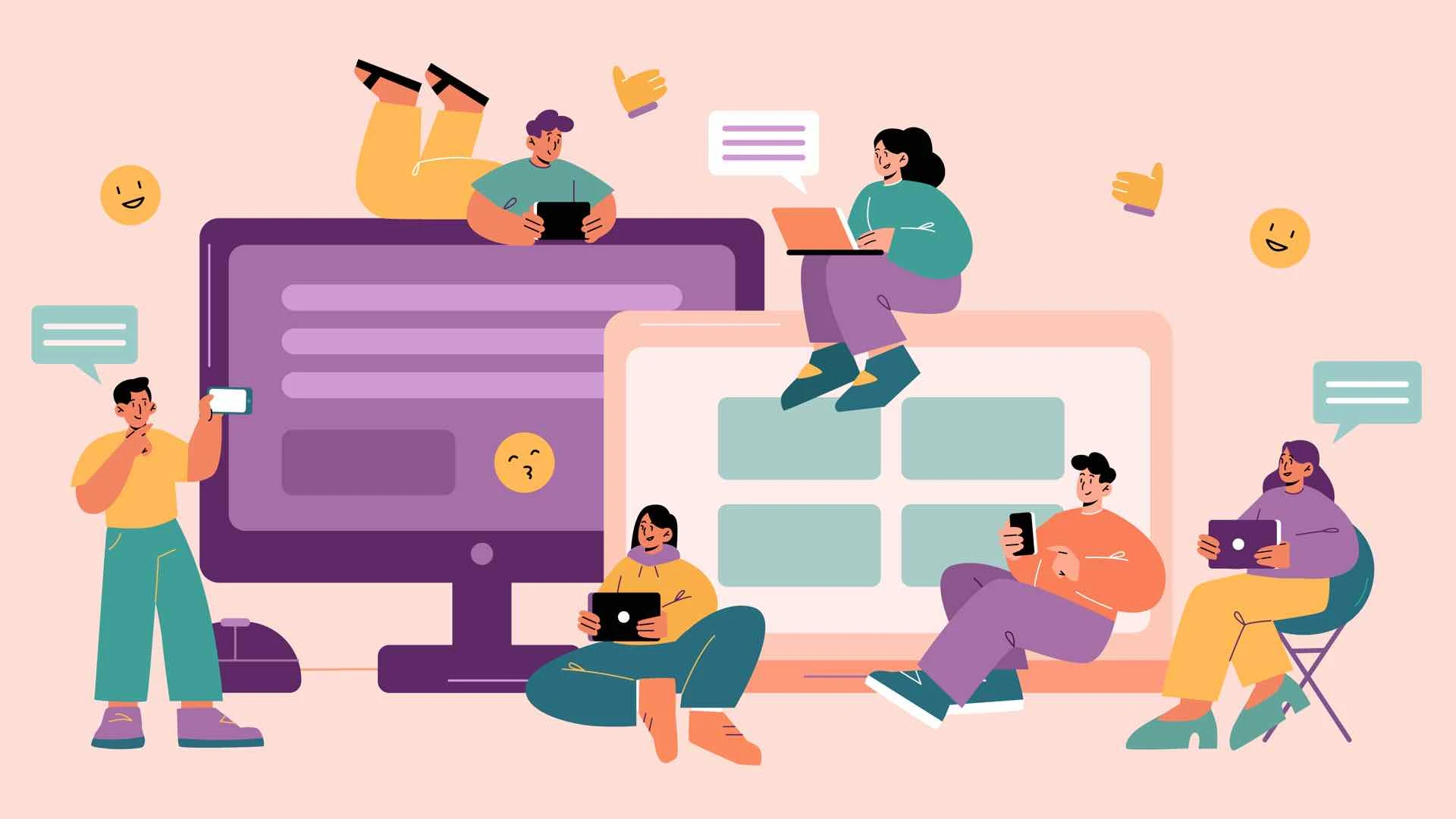Diseño web emocional: Conecta con tus usuarios de forma auténtica

En un entorno digital saturado de sitios funcionales pero impersonales, el diseño web emocional emerge como una estrategia poderosa para destacar. No se trata solo de colores o tipografías atractivas, sino de crear conexiones humanas reales a través de la experiencia digital.
Hoy, los usuarios no solo quieren navegar un sitio web; quieren sentir algo. Confianza, alegría, motivación o pertenencia. En este artículo, exploramos cómo aplicar el diseño emocional en la web para conectar con tus visitantes en un nivel más profundo.
¿Qué es el diseño web emocional?
El diseño web emocional es la práctica de diseñar sitios web que provocan respuestas emocionales en los usuarios. En lugar de enfocarse únicamente en la usabilidad y la estética, el diseño emocional aprovecha la psicología humana para hacer que la experiencia digital sea más atractiva y memorable.
Involucra elementos como:
-
Colores e imágenes que evocan estados de ánimo
-
Microinteracciones que sorprenden y agradan
-
Un tono de voz que construye confianza
-
Personalización que crea conexión
¿Por qué es importante?
-
Genera mayor compromiso Los usuarios tienden a quedarse más tiempo y a volver a los sitios que les generan emociones positivas.
-
Construye confianza y lealtad Una conexión emocional aumenta la confianza del usuario en tu marca.
-
Mejora las tasas de conversión Cuando los usuarios se sienten emocionalmente involucrados, es más probable que tomen acción.
-
Hace que las marcas sean memorables Las emociones ayudan a fijar experiencias en la memoria, haciendo que tu marca destaque.
Elementos clave del diseño web emocional
1. Psicología del color Los diferentes colores evocan distintas emociones. Por ejemplo:
-
Azul: Confianza, calma
-
Rojo: Pasión, urgencia
-
Verde: Salud, naturaleza
Utiliza el color de forma intencional para apoyar el mensaje de tu contenido.
2. Imágenes que resuenan Elige imágenes con las que tu audiencia objetivo pueda identificarse. Las fotos auténticas y centradas en personas pueden generar empatía y calidez.
3. Tipografía y tono Las fuentes y el tono de la redacción influyen en la percepción. Un tono amigable y conversacional se siente más humano y menos corporativo.
4. Microinteracciones Pequeñas animaciones o respuestas a acciones del usuario (como un botón de "me gusta" que se ilumina) pueden generar alegría y satisfacción.
5. Personalización El contenido adaptado a los intereses o comportamientos del usuario transmite cuidado y reconocimiento.
Ejemplos de diseño emocional en acción
-
Apple: Diseño limpio, imágenes inspiradoras y un lenguaje cargado de emociones crean una sensación de exclusividad.
-
Airbnb: Presenta historias reales, personas reales y mensajes centrados en lo humano.
-
Spotify Wrapped: Convierte los datos de escucha en un viaje emocional divertido y personalizado.
Consejos para aplicar el diseño emocional en tu sitio web
-
Define la emoción principal que deseas que sientan tus usuarios (confianza, emoción, seguridad, alegría).
-
Usa la narrativa para guiar el recorrido del usuario.
-
Incluye testimonios, rostros e historias reales para aportar autenticidad.
-
Evalúa el impacto emocional mediante pruebas A/B o retroalimentación de usuarios.
-
Ten en cuenta la accesibilidad: el diseño emocional también debe ser inclusivo.
Conclusión
El diseño web emocional no se trata de manipular a los usuarios, sino de crear relaciones digitales significativas. Al combinar el diseño estético con la inteligencia emocional, puedes convertir visitantes pasivos en defensores leales de tu marca.
Si quieres que tu sitio web destaque en un entorno digital saturado, empieza a pensar no solo en lo que los usuarios ven, sino en lo que sienten.
